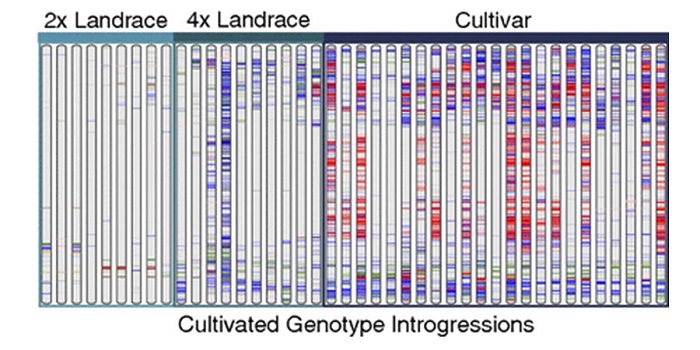
Complex evolutionary history and targets of domestication in the cultivated potato
Blog, Plant Science Research Weekly, Research, Research BlogPotatoes originated in the Andes of southern Peru, and are now the third most important crop for direct human consumption. Hardigan et al. sequenced 67 potato relatives, including South American landraces, North American cultivars and wild-diploid species to learn about the genetics of modern potato’s…
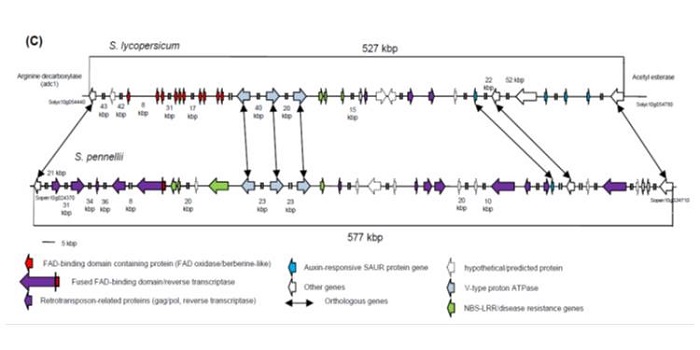
Canalization of tomato fruit metabolism
Blog, Plant Science Research Weekly, Research, Research BlogPlants are noted for their phenotypic plasticity, but there are also examples of phenotypic canalization, which Alseekh et al. define as “the property of those phenotypic traits showing no environmental effect when individuals of a specific genotype are exposed to a set of different environments.”…
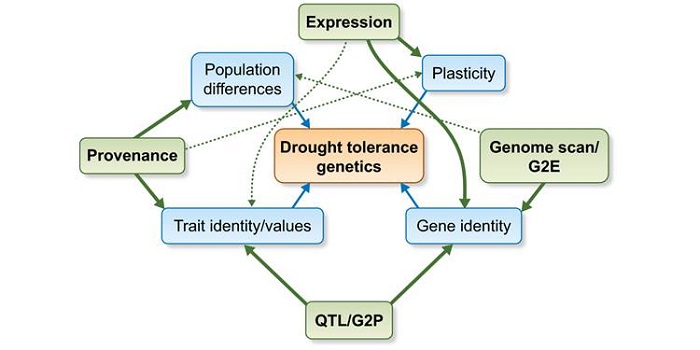
Review: The genetics of drought tolerance in conifers
Blog, Plant Science Research Weekly, Research, Research BlogChanging climates mean changing rainfall patterns, which can have serious consequences for long-lived plants such as conifers. Moran et al. provide a thoughtful and readable overview of the strategies that enable some conifer species to survive drought. They start by discussing the different definitions…
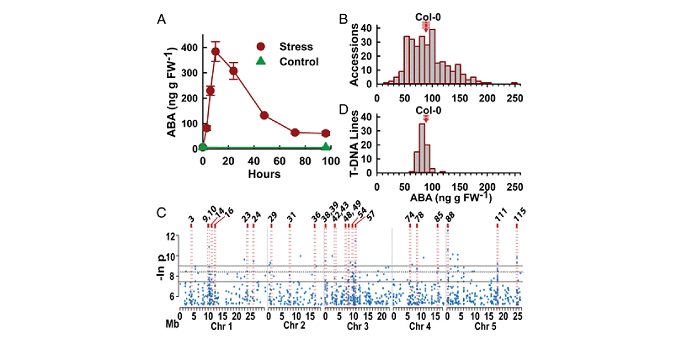
Natural variation identified genes affecting drought-induced abscisic acid accumulation in Arabidopsis thaliana ($)
Blog, Plant Science Research Weekly, Research, Research Blog
Dissecting the genetic controls of ABA is challenging, granted the complex modulation of ABA turnover and redundancy of the hormone perception machinery. In the recent study, Kalladan and colleagues explored natural variation of low-water-potential induced ABA accumulation. Using heuristic GWAS,…
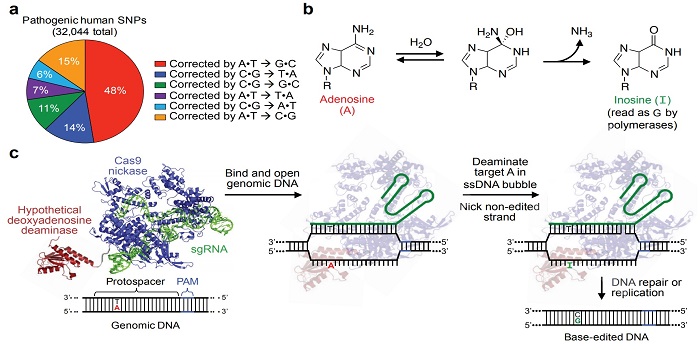
Base-editing in RNA and DNA
Blog, Plant Science Research Weekly, Research, Research BlogThe ability to engineer precise changes in nucleic acid sequences has advanced rapidly over the last few years. Since the development of genome editing technologies such as CRISPR-Cas9, a modified version known as base editing has sought to reliably convert individual nucleotides. All known base…
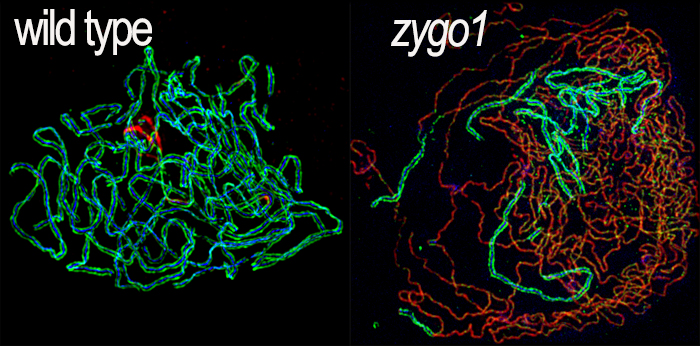
How Meiotic Chromosomes Cluster into a “Bouquet”
Research, The Plant Cell, The Plant Cell: In a NutshellZhang et al. explore the behavior of chromosomes during meiosis. The Plant Cell (2017). https://doi.org/10.1105/tpc.17.00287
By Fanfan Zhang
Background: In meiosis, plants, animals, and fungi reduce their chromosome numbers by half to form gametes (sperm and eggs) that can fuse to form a cell…

Evidence for mid-Holocene rice domestication in the Americas
Blog, Plant Science Research Weekly, Research, Research BlogRice is one of our most important crops, and previous work has indicated that it was domesticated independently in Asia (Oryza sativa) and Africa (Oryza glaberrima). Using archeological approaches, Hilbert et al. for the first time show evidence for domestication of a rice species (Oryza sp.) in the…

Improving crops by genome editing
Blog, Plant Science Research Weekly, Research, Research BlogIntroducing new desirable traits in domesticated crops takes time and is limited by the need for existing trait variation in members of the same species or closely related species. Rodríguez-Leal et al. propose a system by which variation in a quantitative trait can be generated by editing the promoter…
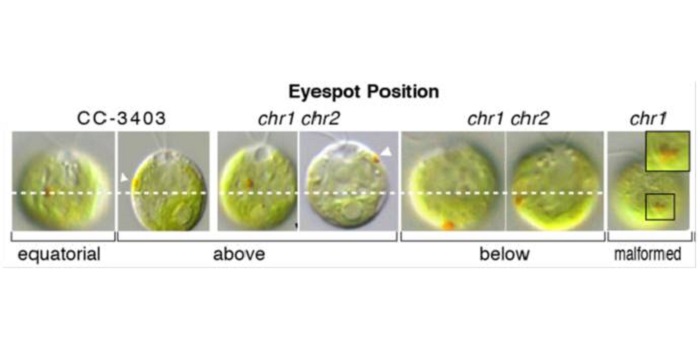
Clipping Chlamy Genes: Improved Methods for Targeted Gene Editing in Chlamydomonas
Blog, Research, Research Blog, The Plant Cell, The Plant Cell: In BriefA beam of sunlight sends Chlamydomonas reinhardtii scrambling. This tiny, biflagellate alga senses light with its eyespot and adjusts its movements accordingly, depending on photosynthetic needs. In the eyespot, a membranous structure of reddish, carotenoid-filled granules that reflect light and two…

